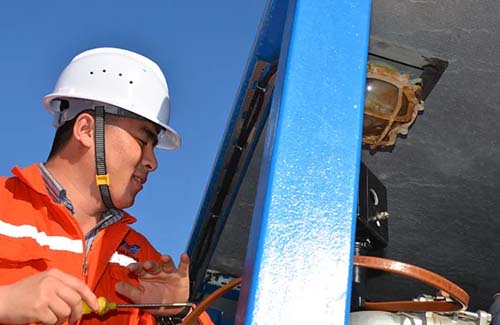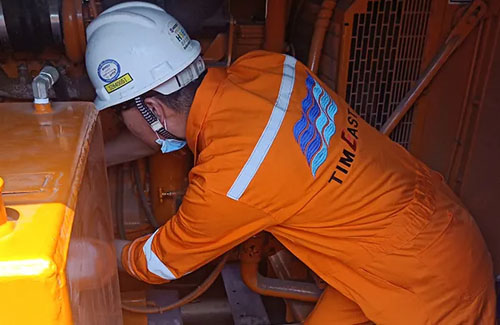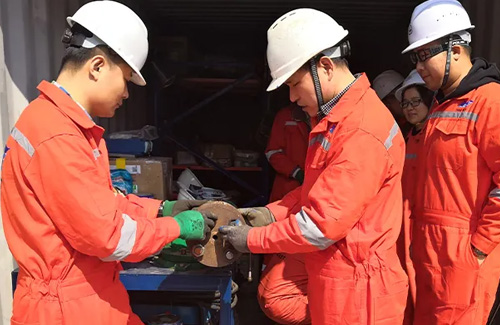Aug. 28, 2023
Helium leak testing is a highly sensitive and widely used method for detecting leaks in sealed systems and components. This non-destructive testing technique is essential in industries such as manufacturing, aerospace, automotive, and electronics to ensure the integrity of products. Here's a comprehensive guide to understanding the fundamentals of helium leak testing:
Helium leak testing, also known as helium leak detection, is a process that involves detecting and measuring the presence of helium gas escaping from a sealed system. Helium, being a small and inert gas, can easily penetrate even tiny leaks, making it an ideal tracer gas for leak detection.
Helium offers several advantages for leak testing: Small Molecular Size: Helium molecules are very small, enabling them to escape through microscopic leaks that might go undetected by other methods. Inertness: Helium is chemically inert, meaning it does not react with the materials being tested. Non-Toxic: Helium is safe for operators and the environment. High Sensitivity: Helium leak detectors can detect leaks as small as 1x10^-10 atm cc/sec.
The basic principle of helium leak testing involves introducing helium gas into the sealed system and using a helium leak detector to measure the concentration of helium outside the system. If there is a leak, helium molecules will escape and be detected by the instrument.
Vacuum Chamber Testing: The object is placed in a vacuum chamber, and the chamber is pressurized with helium. If there's a leak, helium will escape into the vacuum, and the leak detector will sense it.
Sniffing Testing: Helium is sprayed around potential leak points, and the detector "sniffs" the area for escaping helium.
Immersion Testing: The object is submerged in a helium-rich atmosphere, and leaks are detected as helium bubbles escape the object.
Helium Leak Detector: Specialized instruments that can sense even tiny concentrations of helium.
Helium Gas Supply: A source of pure helium gas.
Probe or Sniffer: Used for sniffing testing to introduce helium near potential leak points.
Leak Size: Smaller leaks require more sensitive detectors.
Test Pressure: Higher pressures can make leaks easier to detect.
Background Helium: Ensure the testing environment has minimal background helium to avoid false positives.
Quality Control: Helium leak testing ensures products meet stringent quality standards.
Safety: It's crucial in industries where leaks can have serious safety implications, such as aerospace and medical.
Reliability: Used to identify leaks in critical components like seals, valves, and joints.
Environmental Control: Ensures sealed systems retain proper pressure and prevent gas leakage.
Cost: Helium leak testing requires specialized equipment and skilled operators, which can increase testing costs. Sensitivity to Background Helium: External sources of helium can affect test results.
Helium is non-toxic, but proper handling is essential to prevent its escape into the environment. Adequate ventilation is important when working with helium in enclosed spaces.
Helium leak testing is a powerful technique for detecting leaks in sealed systems, ensuring product quality, safety, and reliability. Understanding the principles, methods, equipment, and applications of helium leak testing is essential for industries that require stringent quality control and leak detection standards.
Dec. 12, 2023
The Basics of Electric Heat Trace Technology In the world of industrial processes and temperature control, Electric Heat Trace (EHT) technology plays a crucial role.Nov. 23, 2023
Performing a Leak Test: Step-by-Step Guide A leak test is a crucial procedure to ensure the integrity of a system and identify potential leaks in pipes, joints, or containers.Nov. 08, 2023
Main Steps of a Flange Management Procedure Flange management is a critical aspect of maintaining the integrity and reliability of piping systems in various industries.

